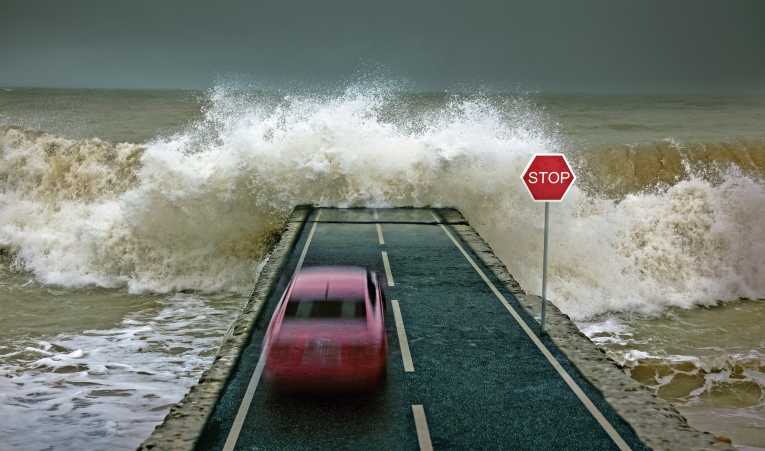The massive earthquake that hit Japan has been acknowledged as being one of the largest ever recorded.
As if the earthquake wasn't enough, it unleashed a devastating tsunami that has resulted in thousands of deaths and turned large parts of many communities into complete rubble. It is said to be the costliest disaster in world history.
Robert Yeats, Professor Emeritus of Geology at Oregon State University, called it a wakeup call for the US and said that if people hadn’t already got the message from recent disasters, now was the time to start paying attention.
''This is an earthquake of the same type, with about the same magnitude and proximity that we face here in the Pacific Northwest from the Cascadia Subduction Zone,'' said Professor Yeats. ''What you are seeing in Japan today is what you will see in our future; except that they were better prepared than we are.''
A leading expert on the Cascadia Subduction Zone is OSU marine geologist Professor Chris Goldfinger. Ironically he was attending a meeting in Tokyo on the Sumatra earthquake when the Japanese earthquake hit.
He described how the main shock lasted for a full five minutes and how you could feel the plates grinding together. He said that when the high-frequency P-wave arrived it was like nothing that he had ever felt. This was followed by five minutes of S-waves that made one feel seasick. After that there were continual aftershocks.
Professor Yeats commented that in spite of the tragic loss of life and the billions of dollars in damage that will result, the Japanese were better prepared for this sort of disaster than anyone else in the world. ''Their technology, building codes, public education and other programmes for earthquake preparation are exemplary, with scientific initiatives that date back to the 1890s.''
Professor Yeats says that in spite of what seems to have been an unusually large number of earthquakes recently, the last decade does not really stand out all that much in the historical sense.
These disturbances are not completely regular and during some periods there are more disasters than others. The real message was that the Earth is very active and sometimes violent. It always has been and it always will be. It is impossible to predict these events, so we must always be prepared.
A possible way to escape from the effects of a tsunami is to take refuge at the top of strong concrete buildings. This is known as vertical evacuation. It is regarded as being too early to tell if vertical evacuation on a large scale would be effective in a massive earthquake.
OSU experts have worked closely with officials in Cannon Beach Oregon in an initiative to build what would be the US’s first structure designed specifically to resist tsunami wave forces.
Meanwhile experts are continuing to learn what they can from each disaster of this type in order to gain insights that may one day save lives, if and when a similar disaster hits the US Pacific Northwest.










